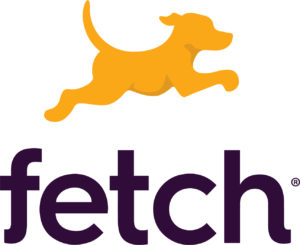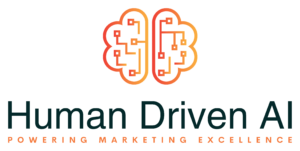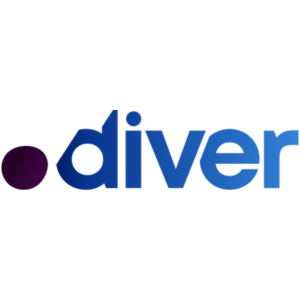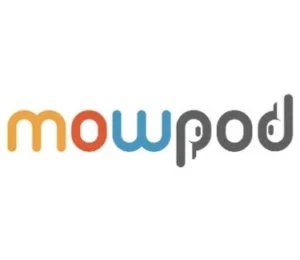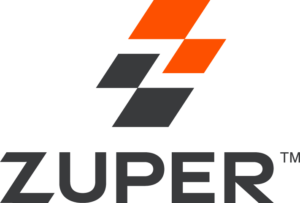The transformation to customer-centric thinking
Max Kirby
Publicis Sapient
- Part 1 The transformation to customer-centric thinking
- Part 2Digital identity as the currency of the information age
- Part 3The Future as it relates to customer data
Show Notes
Quotes
-
“The Publicis Groupe Holding Companyis oneof the bigger communications holding companies. It’s one of the big four and it holds a lot of agencies, some consultancies, and some system integrators. The group grew by acquiring different specialties and mixing them all together.” -Max“So I am in one of those companies in the holding group. Sapient was based in Boston, pulled out of MIT and at one point it was called SapientNitro and we joined Publicis so now we are on the systems integrator and consulting side of things.” -Max“Systems integration is a relatively new trend in the martech industry. That’s probably how most people think about the martech industry, like how do you stack Marketo, what used to be Oracle database and get it to talk to SalesForce.” -Max“The biggest change is the move towards custom-built solutions. It’s no surprise that a lot of CMOs were sold to the technology that they use. What we are now seeing is an appetite from the CMO to build your own systems. It’s not just buying the latest package, or putting in a different data warehouse. It’s using cloud components to build something that is sort of bespoke.” -Max“I’m a little surprised that creating bespoke systems is the biggest change that you’ve seen. My assumption would’ve been that there are so many point solutions available now that even large organizations start using duct tape and glue to basically pick various solutions off the shelf and connect them together, like actual stack building.” -Ben “Because there is such a proliferation of all these different point solutions, it’s getting to the point where the total cost of ownership equation is starting tomake sense where you can actually build that functionality yourself and integrate it with any of the functionality that you want to build from your favorite SaaS company.” -Max“Interesting. So you’re getting large enterprise companies that are startingto build their own solution. They’re putting some of their solutions into the cloud, and they’re not buying server farms to house their data as much.” -Max“When we see companies try to adapt the cloud and try to put all these systems up in this standardized area where it just becomes easier to do integration when you’re working in a cloud environment. Everything is the same.” -Max“When I boot up Amazon Web Services, it’s the same every single time which means that every developer that understands AWSdoesn’t need to talk to each other to sort of understand what the environment looked like. This was impossible when people were running their own servers. You got different methods and you had to read tons of different documentation before you can integrate. It’s the speed of change.” -Max“As we build these systems and put them in place, and de-siloed the data we start to see, what from a business perspective is, a use case where you’re doing out of stack suppression or re-stacking inclusion.” -Max“From a customer perspective, that ad knows that you purchased something and it’s not annoyingly trying to get you to buy the exact same thing.” -Max“The way that you would think about the customer as a business at scale is often constrained by the amount of change you can make in a given quarter. So getting the full organizational alignment to be able to change a customer outcome is always connected to the amount of time it would take to make that outcome and the ROI on it, etc.” -Max“When the cost of change goes down and the speed of change goes up, suddenly everything is much more relevant whenever you talk about customer-centricity.” -Max“Data and where it is stored is now something that the law is governing. So that’s new and it is having a lotof different effects.” -Max “The other thing that we can clearly identify as a trend is that although there is centralization within your business, there’s also the need to distribute outside of it. For those of you who have lived through the channel optimization, to multi-channel, to omnichannel sort of S-curve, we’re now seeing the single-cloud to multi-cloud, to perhaps omni-cloud or poly-cloud. The reason is that inside those clouds are not just the systems anymore, it’s also the data that you need.” -Max
- Part 1 The transformation to customer-centric thinking
- Part 2Digital identity as the currency of the information age
- Part 3The Future as it relates to customer data
Up Next:
-
Part 1The transformation to customer-centric thinking
Today we're going to talk about the future of customer data. Joining us is Max Kirby, the Director of Digital Identity and Cloud Solutions at Publicist Sapient, which is a team of technology enablement, operations, sales, and marketing professionals that are leading the shift to cloud and customer data platform. In part 1 of our conversation, we discuss the transformation to customer-centric thinking.
-
Part 2Digital identity as the currency of the information age
Today we're going to talk about the future of customer data. Joining us is Max Kirby, the Director of Digital Identity and Cloud Solutions at Publicist Sapient, which is a team of technology enablement, operations, sales, and marketing professionals that are leading the shift to cloud and customer data platform. In part 2 of our conversation, we discuss digital identity as the currency of the information age.
Play Podcast -
Part 3The Future as it relates to customer data
Today we're going to talk about the future of customer data. Joining us is Max Kirby, the Director of Digital Identity and Cloud Solutions at Publicist Sapient, which is a team of technology enablement, operations, sales, and marketing professionals that are leading the shift to cloud and customer data platform. In part 3 of our conversation, we discuss the future as it relates to customer data.
Play Podcast




